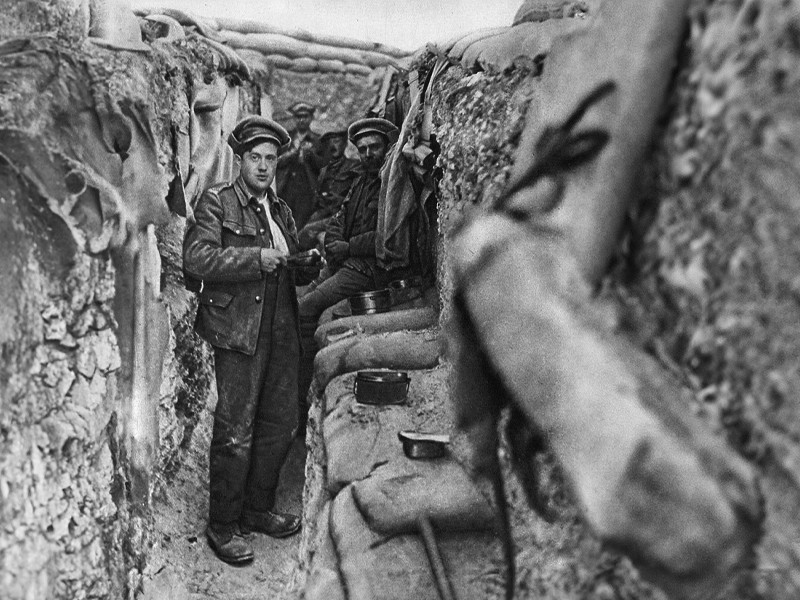
Our latest “Document of the Week” was chosen by our Senior Editor, Dr Tommy Dolan. It is a page from Northern Ireland Observed, which was published in the 1980s (it carries no date of publication). This magazine—essentially an exercise in state-sponsored public information—sought to promote Northern Ireland to a wider, global audience. Its creators were therefore keen to document the many positives and, moreover, the sheer normality, socially and economically, of everyday life there, despite the (at that time) ongoing “Troubles” that had broken out in the late 1960s. “Northern Ireland, or Ulster as it is widely known, is no bigger than Yorkshire [. . .] Yet it has been the focus of international attention for a number of years”, as the introductory lines of the magazine explained. The authors were just as eager to point out that whilst people there were divided “in politics”, they nevertheless felt shared pride in Northern Ireland’s “striking natural beauty”, as well as its “long tradition of enterprise, innovation and advance in agriculture, industry and science”.
One way that Northern Ireland Observed sought to showcase the vibrancy and normality of life there was by featuring a typical “What’s On” page from one of the region’s most widely read newspapers: the Belfast Telegraph. So, what could one have got up to on a night out in 1980s Northern Ireland? Well, the “World’s Greatest Rock ’N’ Roll Band”, Status Quo, were playing two nights at the Antrim Forum that April, and the mighty De Dannan, one of several groups that were instrumental in bringing about a revival of interest in traditional Irish music, had played the Ulster Hall the previous month. “Top artists not only come to Northern Ireland”, as the magazine noted, “but from it – international rock star Van Morrison, celebrated flautist James Galway, and singer Paul Brady”. Perhaps before heading to see “the Quo” at the Antrim Forum, or heading to the Ulster Hall or the Grand Opera House in Belfast for an evening’s entertainment, you might have dined at The Villager in Crossgar, Co. Down, with its array of French inspired dishes, such as “Delice de Sole Breville” and “Darne de Sammone Normandy”. And one wonders just how many people chose to spend their Saturday nights by frequenting “The Big Disco” in Ballymena, Co. Derry/Londonderry, where entry included “Free Magic Glasses” . . .
Of course, brochures, pamphlets, magazines, and documentary films along the lines of Northern Ireland Observed were produced frequently throughout the “Troubles”, as the UK Government’s Northern Ireland Office and related bodies attempted, for fairly obvious reasons, to present the world with a markedly different image of the region to that which dominated news reports across the world. Consequently, Northern Ireland Observed might well be dismissed as optimistic propaganda, or criticised for sweeping the turmoil of the “Troubles” under the carpet, so to speak. Yet it nevertheless evidences a key historical trend, one that scholars have become increasingly sensitive to and curious about—that everyday life in Northern Ireland was not radically dissimilar to that experienced elsewhere, not least because so many people reacted to the escalation and prolongation of conflict by choosing not to get involved.
Where to find this document
Northern Ireland Observed can be found in our primary source collection, British Government Information and Propaganda, 1939–2009. Scanned from source at the British Library, this collection contains a carefully curated selection of materials produced by the British Ministry of Information (MOI) and Central Office of Information (COI). These documents relate to key issues and topics, such as public health, education, social security, civil defence, international politics, race relations, sex discrimination, public sector career opportunities, policing, the environment, and Britain’s membership of the European Economic Community.







